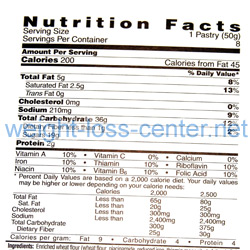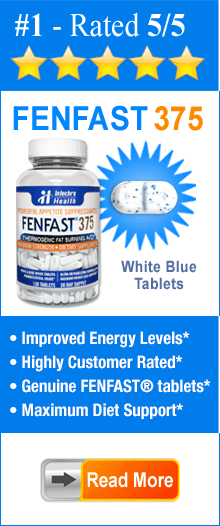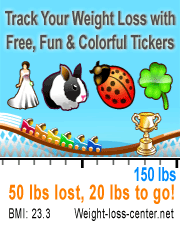If you are going on a food-specific diet, whether you are going for low carbs, low fat, or low calories, you need to understand how to read food labels (also known as nutritional labels). The FDA (Food and Drug Administration) regulates the food industry to try to help you be sure you are getting what you think you are getting. Still, packaging can be misleading, and reading the label may be the only way to be sure that you know what ingredients are in your food.

When dieting it is important to understand food labels so that you are aware of the amounts of calories and fats foods contain.
A law known as the Nutrition Labeling and Education Act made sure that companies must include what the name of the manufacturer is and where it is located, the common name of the product, and the net contents of weight, how much is in it, and an ingredient list that starts with the ingredient that has the largest amount and goes to the smallest amount, at the bottom of the list. The nutrition facts are based on one serving of food, and the amount that is a serving must be noted in the label. It should be noted that you can determine how many calories are in something based on the number of grams of fat (1 gram is equal to nine calories), protein (1 gram is equal to four calories), carbohydrates (1 gram is equal to four calories), and alcohol (1 gram is equal to seven calories). The label will show how many calories total are in a serving, and how many calories are from the fat. You can easily tell how much fat is in a product by how many calories it takes up.
The FDA also has several requirements regarding labels, such as lean, high-fiber, low fat, healthy, and other such terms. It is worth researching if you are planning to have a low fat diet, or any other such label, as this helps you know exactly what the label means, rather than simply guessing that your definition is the same as the company’s definition.
For those of us who are trying to lose weight, one of the most important things to understand when reading a food label is the serving size. Although many foods you can buy seem low in calories, they often aren’t as good as you think. This is because the serving size is made very small so that the product appears to contain few calories and grams of fat. However, when you actually have a snack or meal and eat twice or three times the serving size on the label, the amount of calories and fats can go up substantially.
All in all, food labels are there to help you as the consumer make educated decisions, and once you understand the package labeling, you will find that you can make better choices on the nutrition you intake, along with having more ease following a dietary plan or avoiding allergies. Every so often the labeling requirement changes, often to become stricter, so keep an eye out for any news regarding the FDA and food labeling.
Other Related Posts and Articles you May Find Interesting: “Diet Treats Foil Weight Loss”, “Are Healthy Foods Really That Healthy”, “Tips for Making Healthier Food Choices” and “Ways to Cut 100 Calories Daily”.





The bottom line is that if you understand food labels and identify good stuff from bad eg. Trans Fats etc. you can include packaged foods in your diet and still be very healthy. Are there any packaged foods you regularly include in your diet that you’d consider healthy? I’d be interested to know what the typical ratio is of packaged to un-packaged foods. I’d say mine is about 80% unpackaged. How about you?
I would also say 80% of my food is unpackaged. I make a point of staying away from the middle isles in the grocery store. I do a big round around the outside isles and stock up on fresh fruit, veggies, bread, meats & dairy. We get the odd thing like cereal that is packaged but we try and opt for healthy options there too, avoiding the sugary stuff.
We really need to learn to read nutrition fact labels carefully if we are going to make any sort of decision about eating certain foods and drinks. I advise everyone I know to read the food labels on everything that they buy. And YES IT’S ALL ABOUT THE SERVING SIZE so don’t be fooled! We need to be very aware that the Nutrition Facts label on drink and beverage containers usually give the calories for ONLY PART of the container. For example, take a 20-oz bottle and typically it will list the number of calories in an 8-oz serving even though the bottle contains 20 oz or 2 and a half servings. To figure out how many calories are in the whole bottle, you need to multiply the number of calories in one serving by the number of servings in the bottle (100 x 2.5). You can see that the contents of the entire bottle actually contain 250 calories even though what the label calls a “serving” only contains 100. This shows that you need to look closely at the serving size when comparing the calorie content of different and other foods in general.
In addition to reading and understanding food labels, it can be just as important to read and understand the ingredients on our food packages. For example, the ingredients can tell you whether your food or beverage is sweetened even if they do not use the term “sugar” in the list of ingredients. Sweeteners that add calories to our food and drink go by many different names and are not always obvious so make sure you watch out for them. i.e. If these appear in the ingredients list of your favorite beverage, you are drinking a sugar-sweetened beverage: High-fructose corn, syrup, fructose, fruit juice concentrate, honey, syrup, corn syrup, sucrose, dextrose. Look for food and drink items WITHOUT those ingredients. 🙂